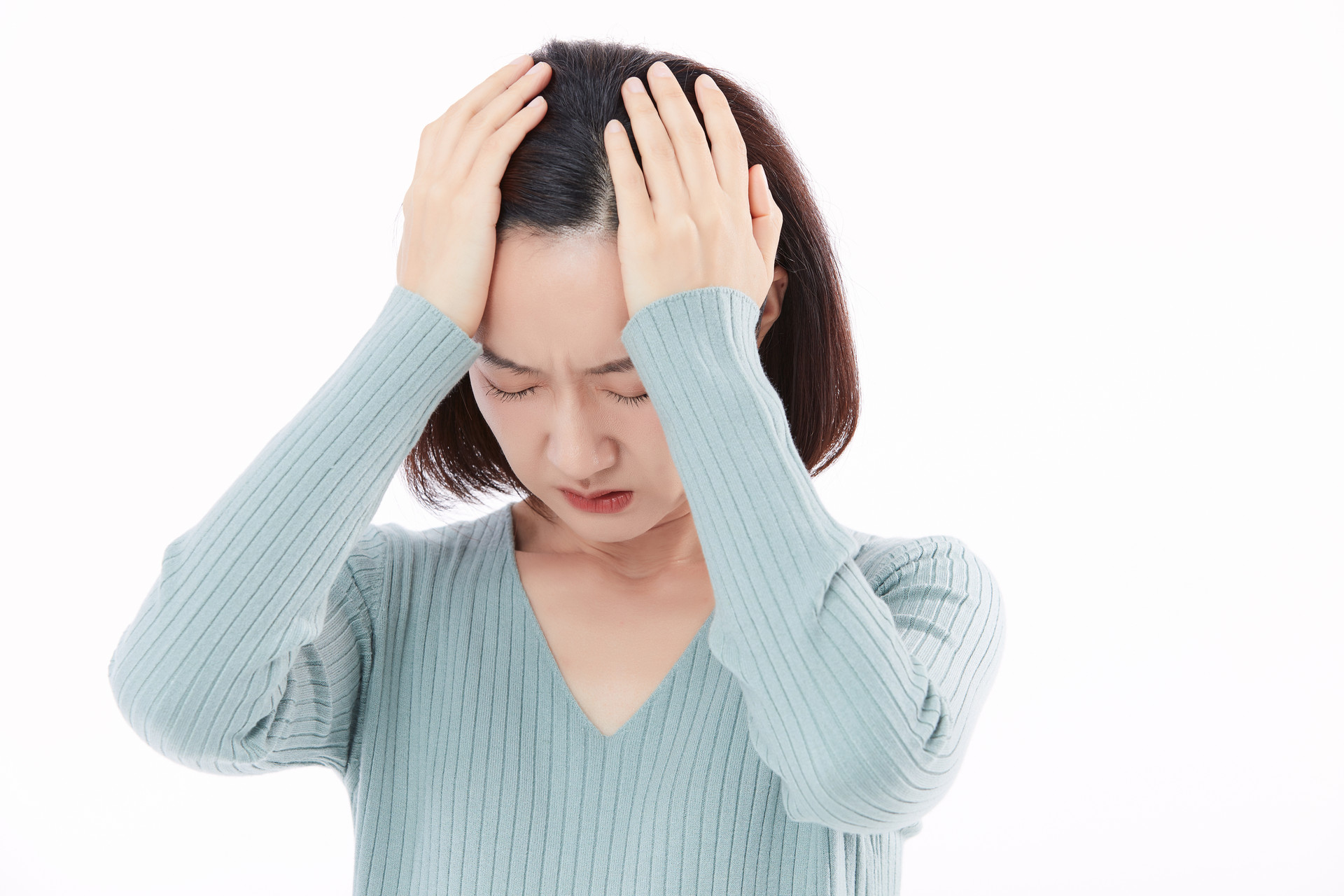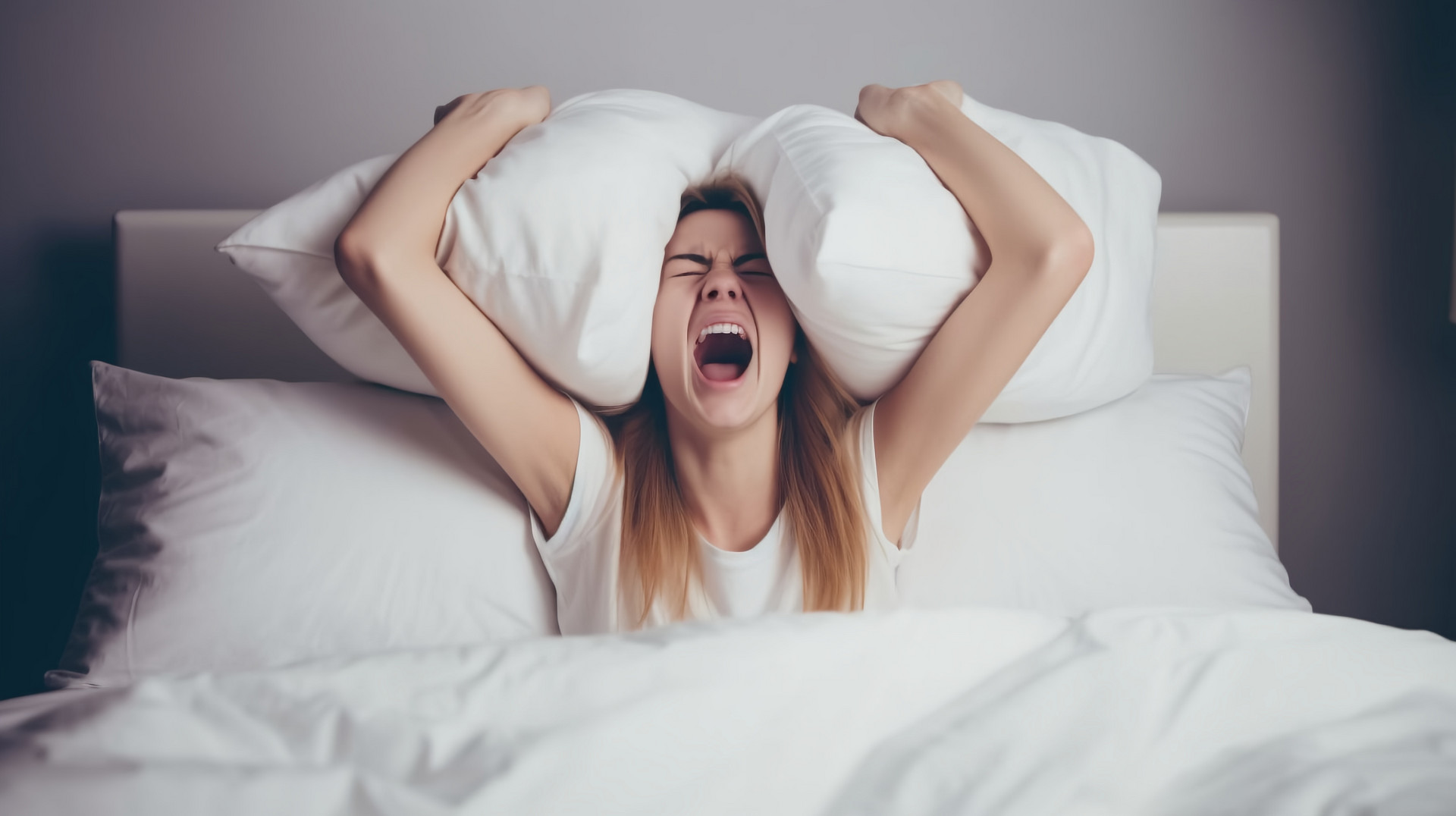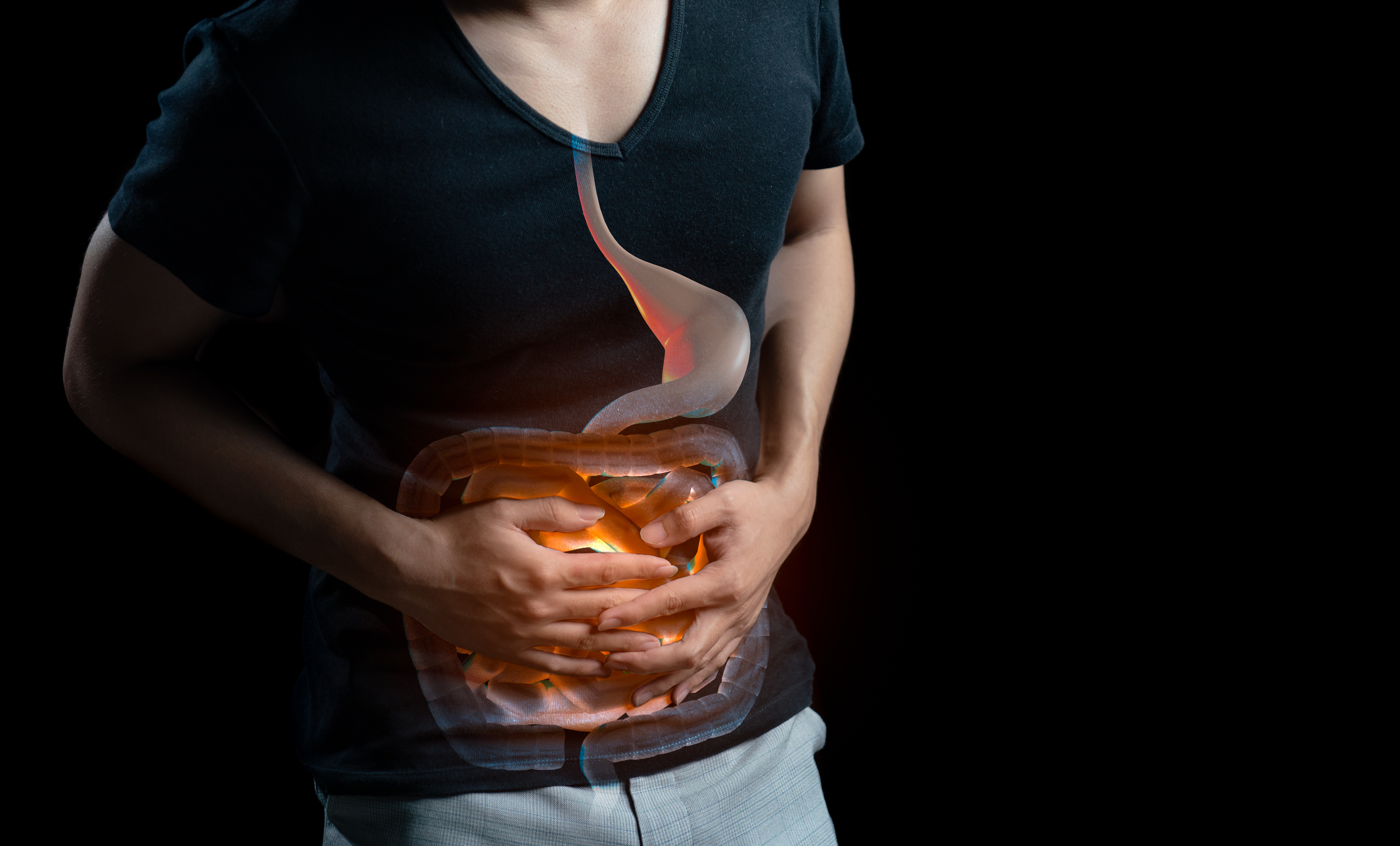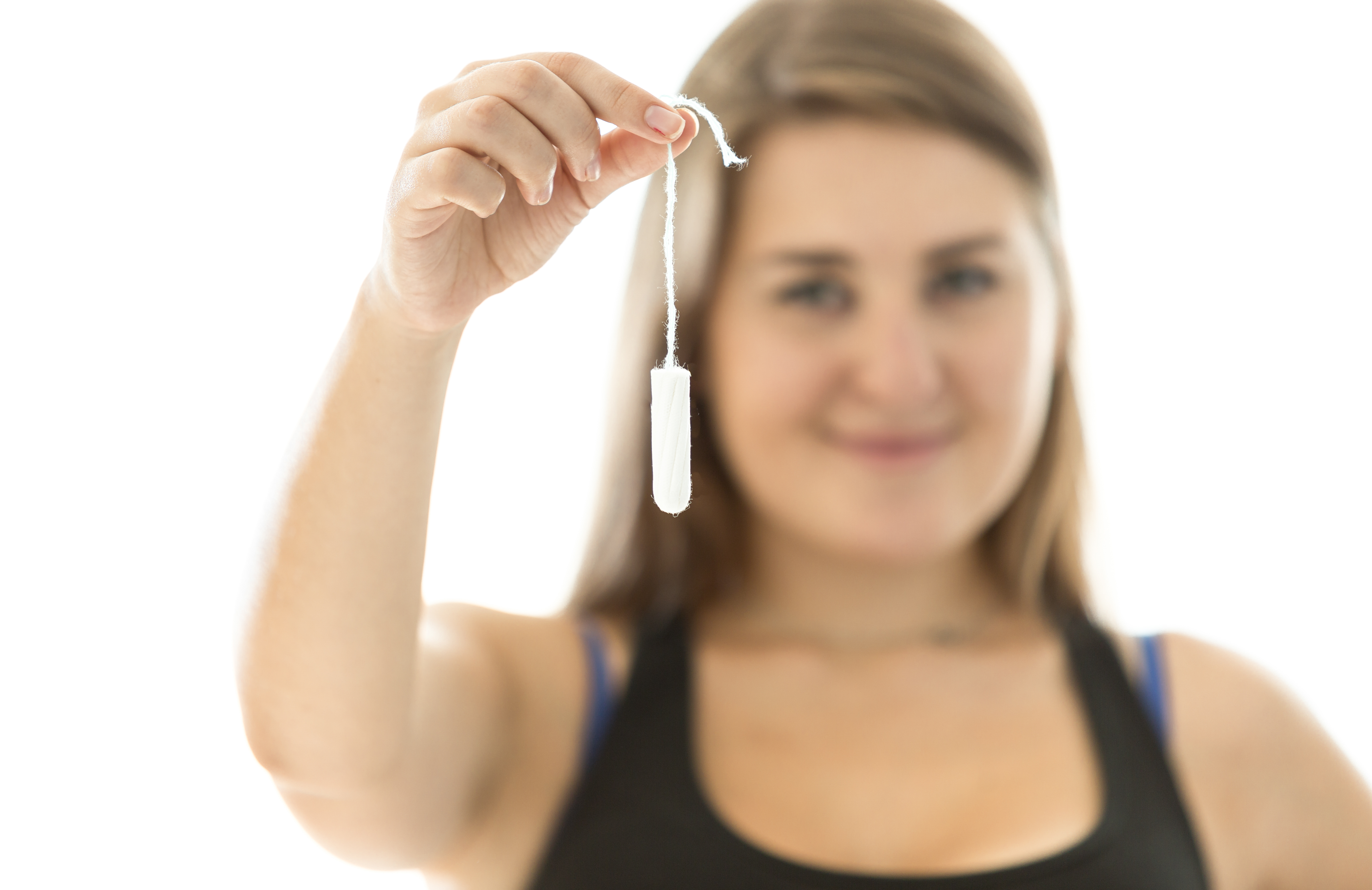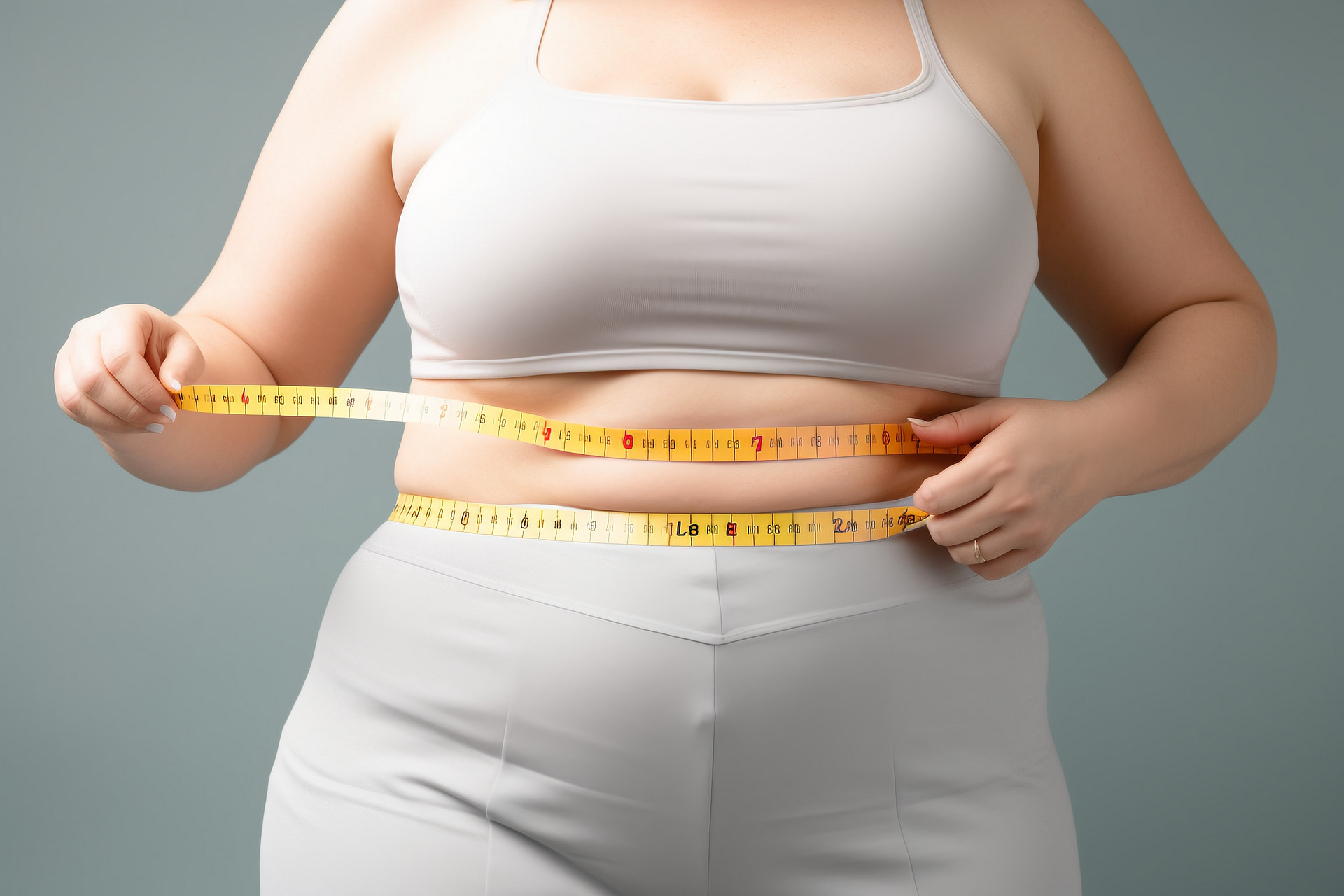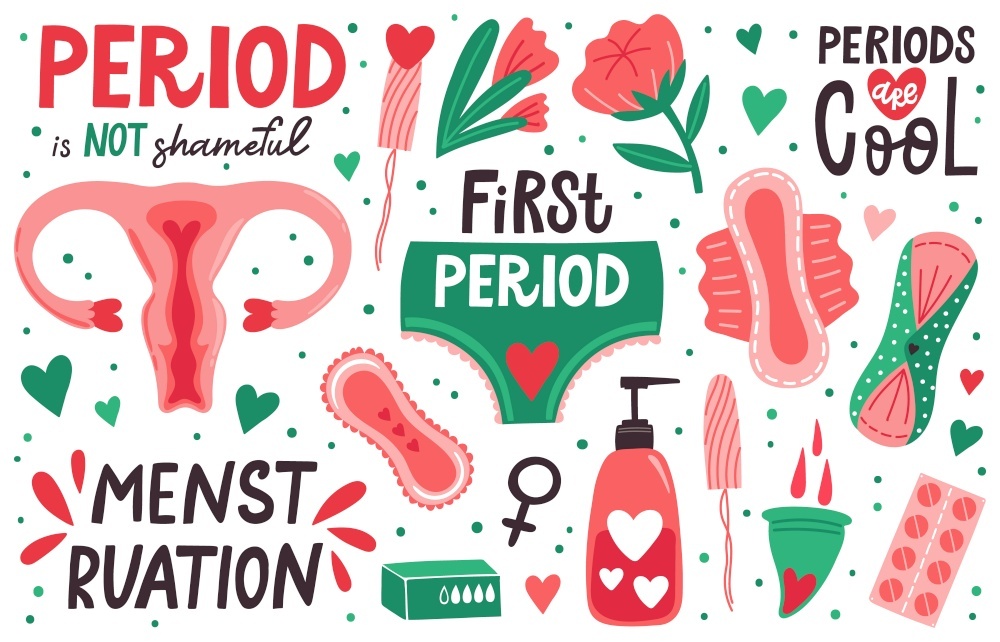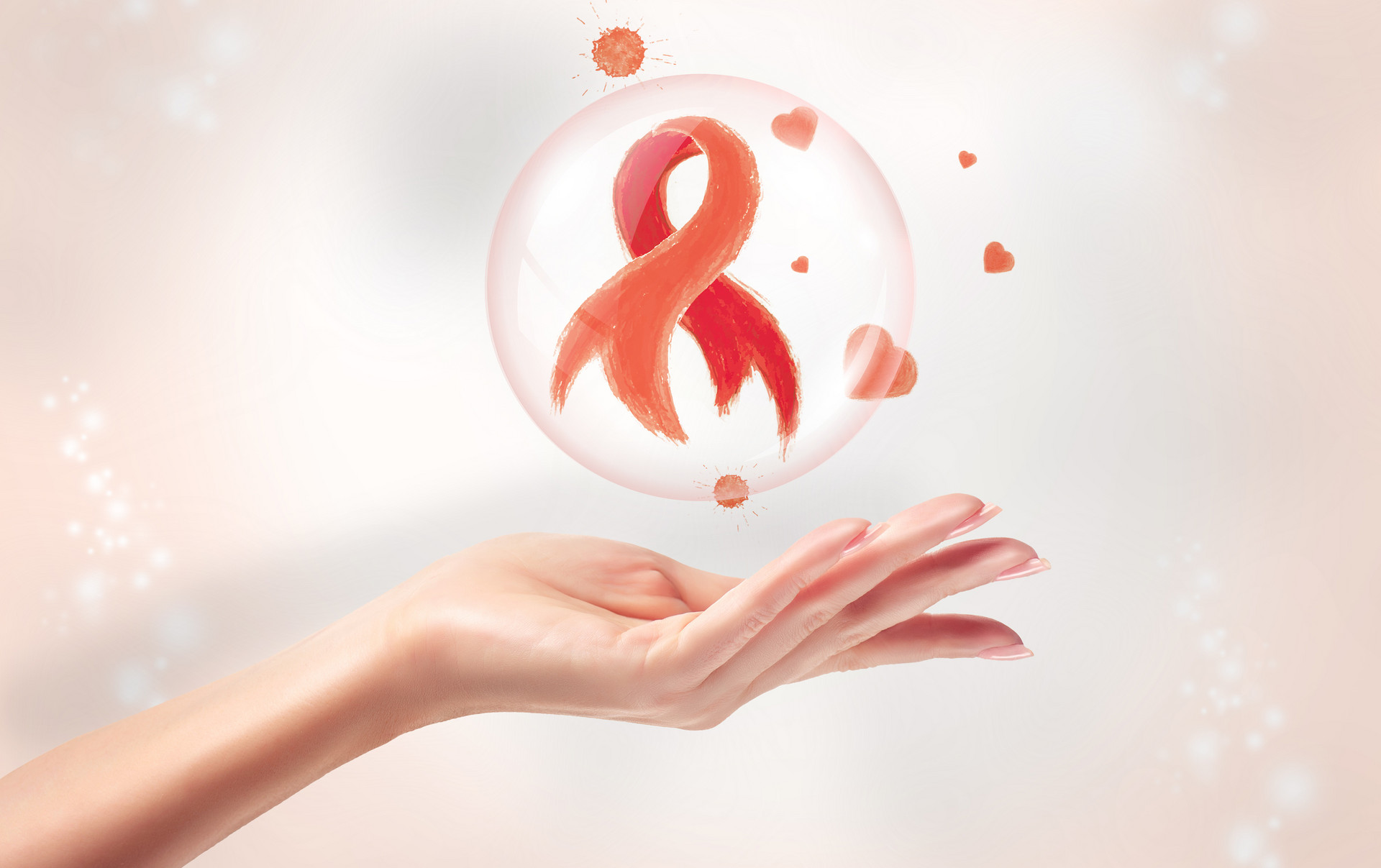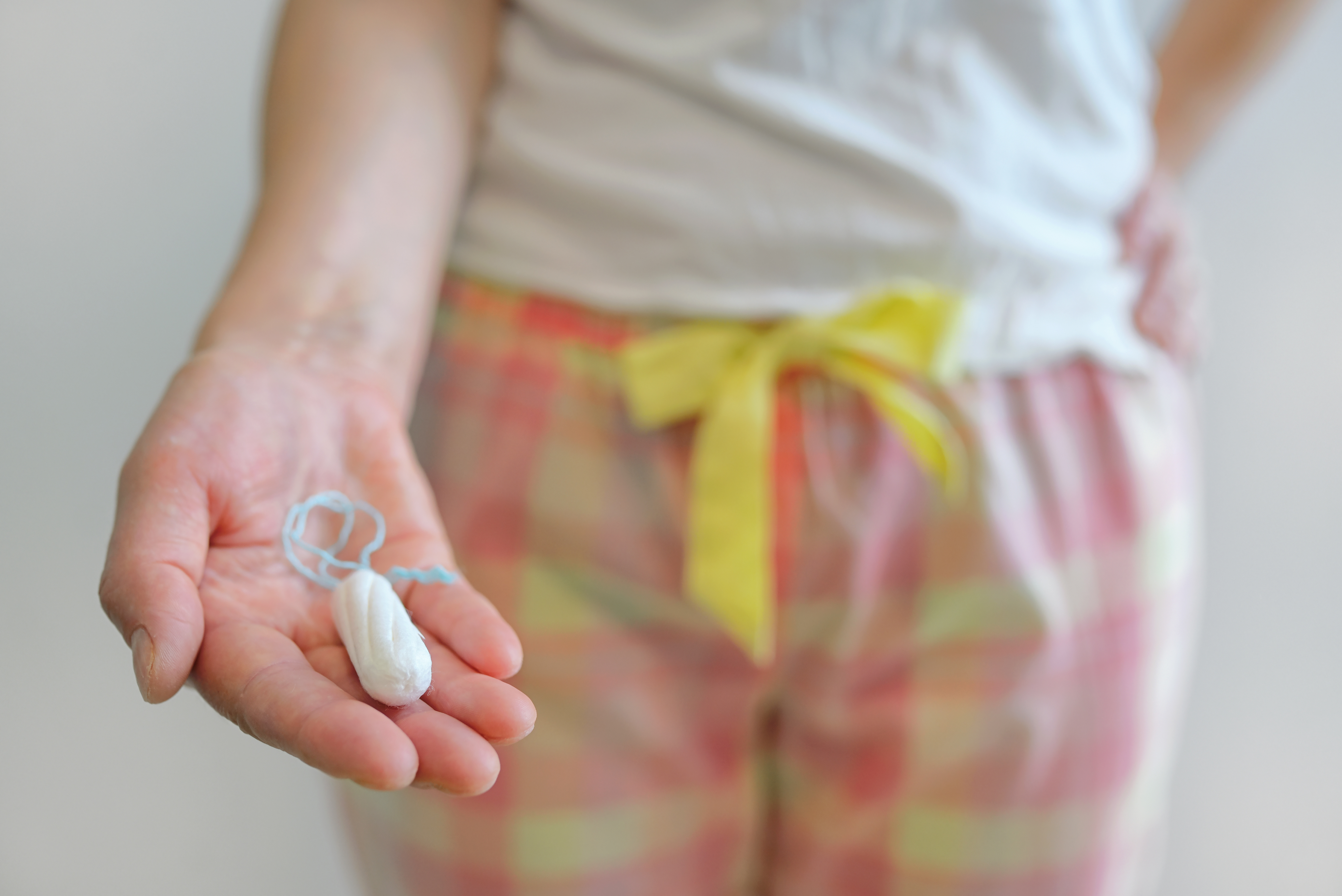No matter what kind of disease is being treated, it is important to find out the cause when a woman experiences back pain, so that it can be treated effectively.
1. Causes of back pain in women:
1. Kidney deficiency:
Kidney deficiency is the most common cause of back pain in women. The pain is a dull, aching sensation in the entire lower back, with fatigue and weakness. It is aggravated by fatigue or sexual activity.
In traditional Chinese medicine, the lower back is associated with the kidneys, which are responsible for reproduction and menstruation in women. Kidney deficiency can be caused by excessive menstrual bleeding, as well as the physical strain of pregnancy and childbirth. Women who have given birth or had multiple abortions are more prone to kidney deficiency-related back pain.
2. Cold and dampness:
This type of back pain is caused by exposure to cold and damp conditions. The pain is localized in the upper part of the lower back, and is characterized by a cold, achy sensation that worsens in rainy weather.
3. Blood stasis:
This type of back pain is caused by local congestion and poor circulation of blood and energy in the lower back, often resulting from muscle strain or injury. It is characterized by sharp, stabbing pain. It is important to rule out organic diseases such as herniated discs, kidney stones, and kidney inflammation, especially for individuals who spend long hours sitting in front of a computer. Organic diseases typically cause prolonged back pain that is difficult to differentiate from blood stasis-related back pain, and should be evaluated through medical examinations.
4. Pelvic inflammation:
This type of back pain, which is different from back pain in men, is more common in women of childbearing age. It is often caused by pelvic inflammatory disease and cervical inflammation. The pain is characterized by a dull, aching sensation in the lower back, accompanied by lower abdominal pain and increased vaginal discharge.
Back pain is a common problem among women and can cause varying degrees of physical and mental discomfort. If you experience back pain, it is important not to ignore it and to identify the underlying cause for proper treatment. The aforementioned causes should be given special attention.
2. Protecting and strengthening the back:
1. Exercise the back muscles:
Exercises such as walking backwards, yoga, jogging, and pull-ups can help strengthen the back muscles. Regular waist twisting exercises and "swallow flying" exercises before bedtime can also be beneficial. For office workers who spend long hours sitting, it is recommended to perform chest expansion exercises at regular intervals (keeping the elbows flat), as well as waist bending and upward stretching exercises.
2. Keep warm throughout the year:
Women should pay attention to keeping the waist warm at all times. During menstruation and postpartum confinement, it is advisable to wear long clothes to protect the waist from cold.
3. Nourish the kidneys:
If you experience excessive menstrual bleeding, frequent cold and achy sensations in the lower back, and decreased sexual desire, it is important to nourish the kidneys and enhance resistance. Include kidney-nourishing foods in your diet, such as goji berries, Chinese yam, longan fruit, and walnuts. Chinese herbal medicine can also be helpful.
4. Choose a mattress of moderate thickness:
The lower back has a natural curvature, so it is recommended to choose a mattress that is moderately thick and of medium hardness to ensure proper rest for the back muscles.
5. Avoid wearing high-heeled shoes:
Wearing high-heeled shoes can increase the strain on the lower back. For individuals who need to stand or walk for long periods of time, it is advisable to avoid wearing high heels. During menstruation and lactation, it is also recommended to avoid low-rise pants.


